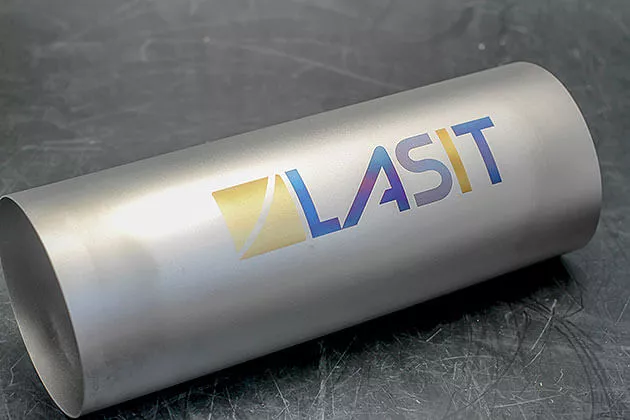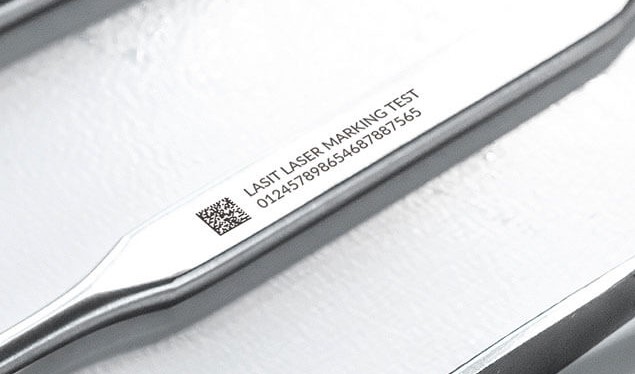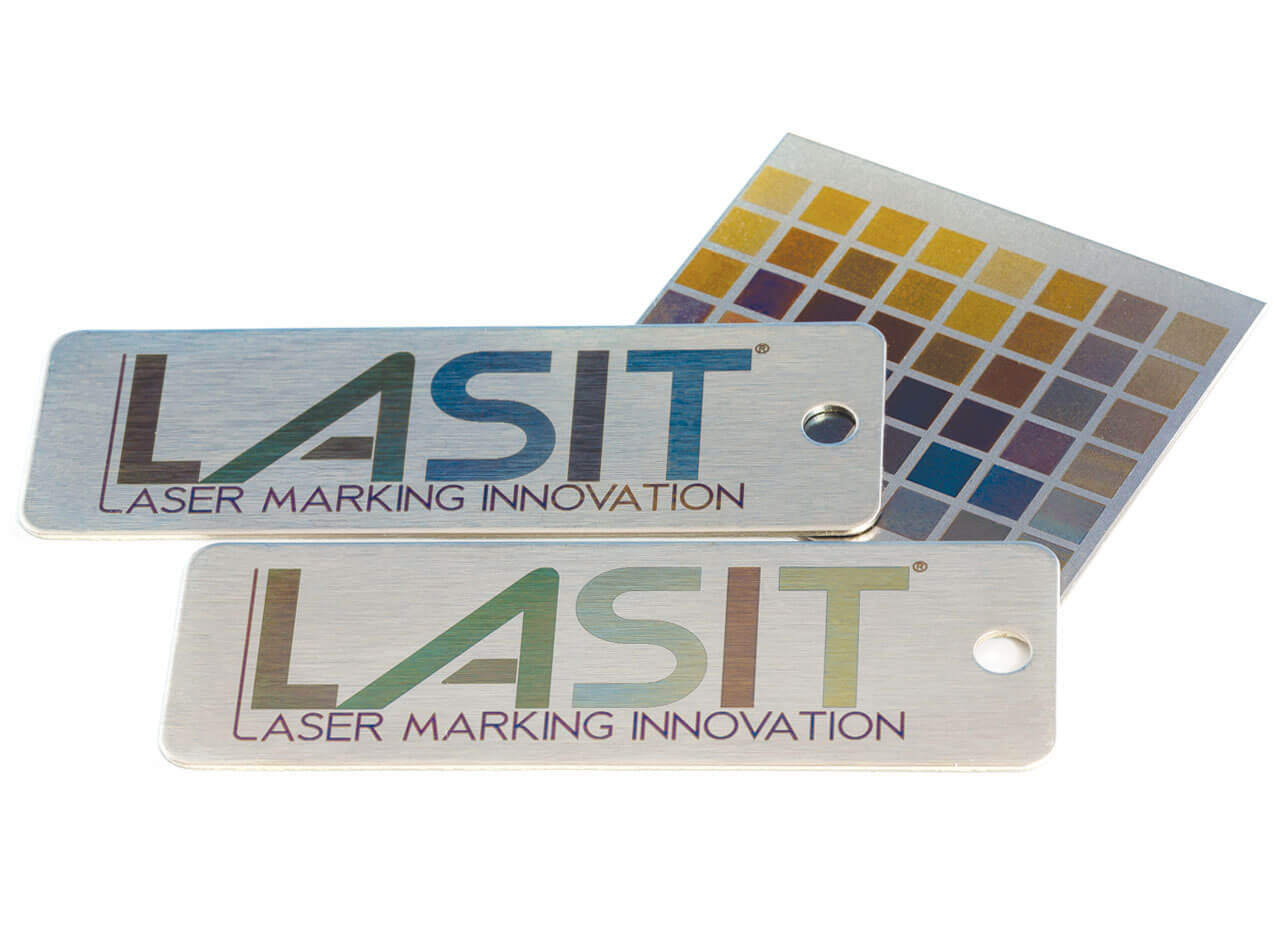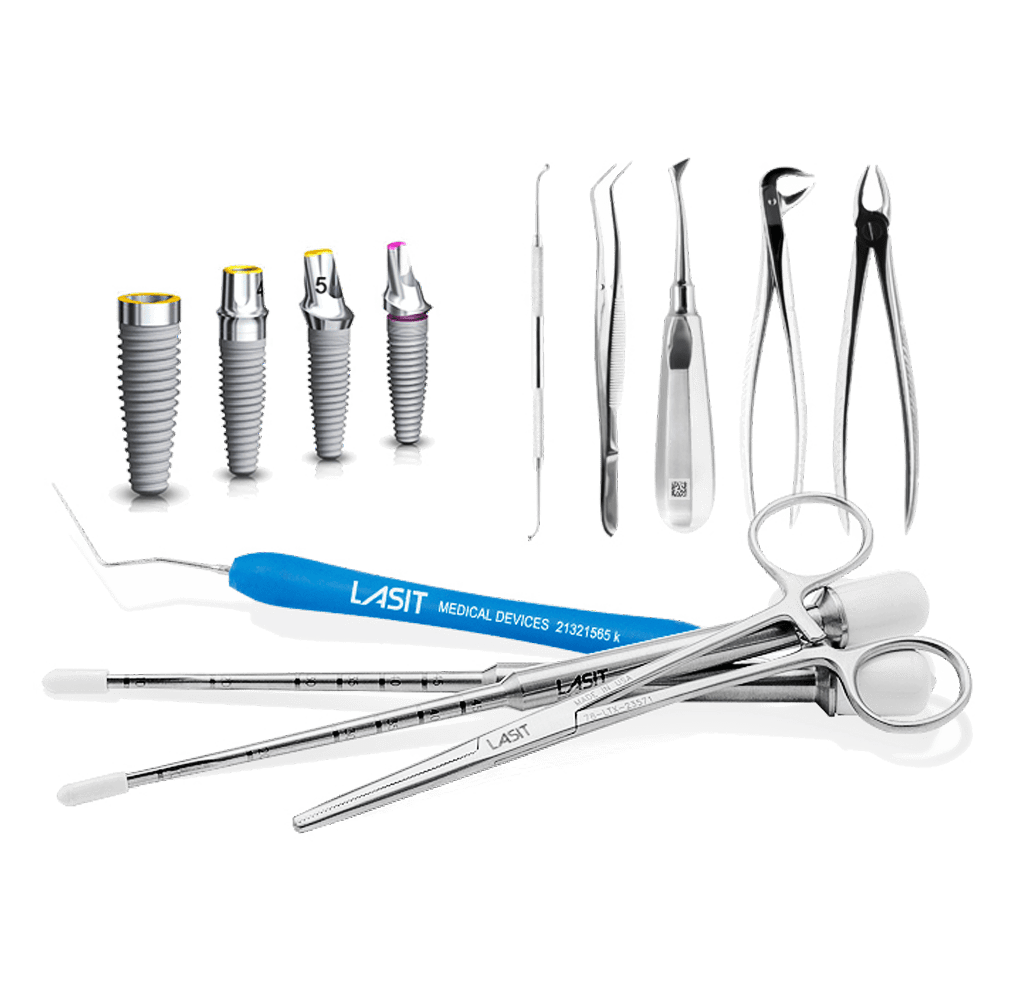Would you like to find out about the LASIT solutions for your field?
Request a free consultation.
One of our experts is standing by to answer your questions
and find the best solution for your requirements.
By submitting this form you accept ours Privacy Policy.






